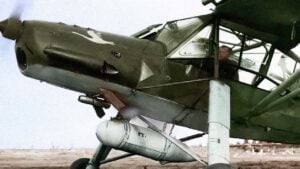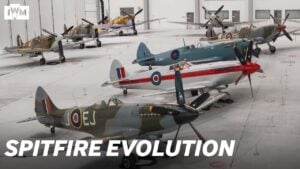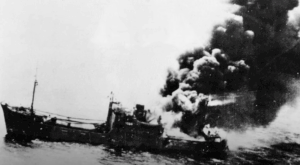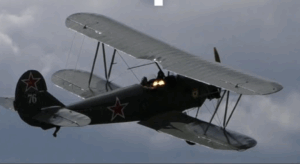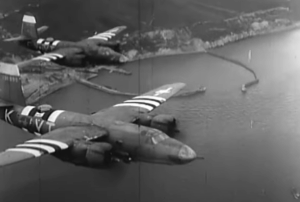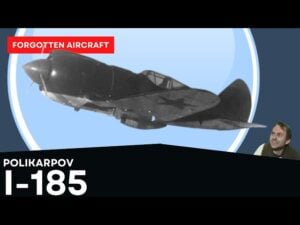The Heartbreaking Reality Behind Why 85% of WWII Bomber Crews Never Came Back From Their Missions
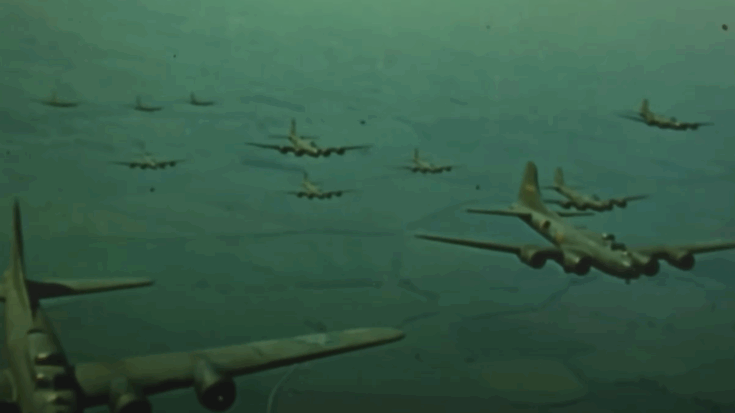
Skullbunker / YouTube
Deadly Odds in the Skies
In 1943, an American airman assigned to a B-17 bomber faced grim statistics. The chance of surviving the required 25 missions was lower than the chance of being killed or severely wounded. Out of every ten crewmen flying over German territory, eight would not return home. These young men flew deep into hostile skies, their aircraft made of aluminum and glass, without fighter escorts for most of the way. They faced walls of black anti-aircraft fire and waves of enemy fighters. For many, the mission meant not a round trip, but a one-way flight.
The task was to win the war from above. Yet the reality was that bomber crews often stepped into the most dangerous role of the entire conflict. Their loss rates were among the highest in any branch of service during the Second World War.
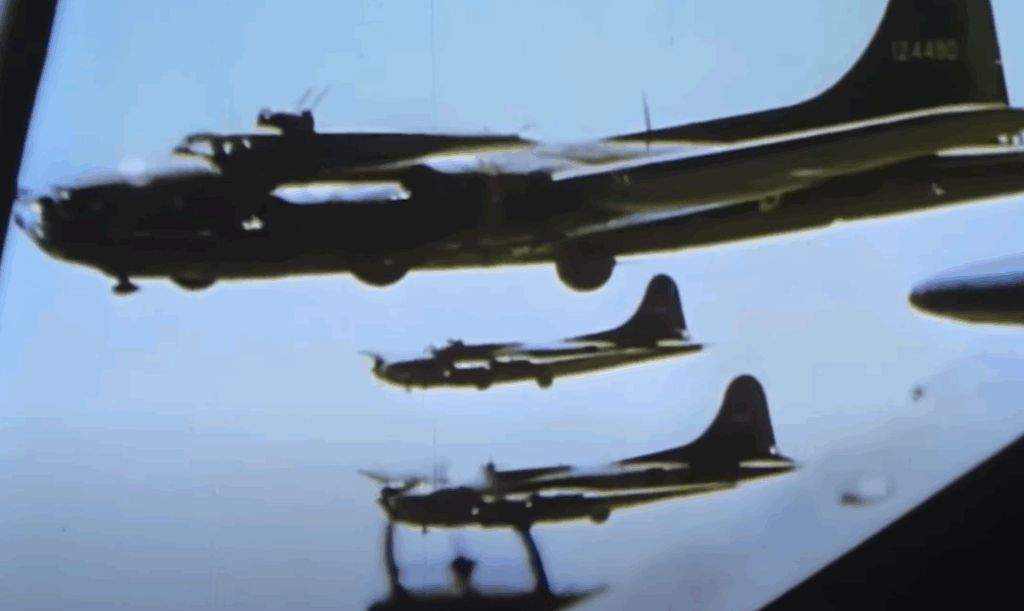
American and British Strategies
The skies over Europe became lethal battlegrounds because of the chosen strategies. The British Royal Air Force, after suffering heavy daytime losses early in the war, switched to night raids. They bombed industrial cities in the dark, using area bombing to damage production and weaken morale.
The Americans believed in daylight precision bombing. Their goal was not to destroy whole cities, but to hit critical factories, refineries, and other essential parts of the German war industry. High-altitude raids targeted facilities like ball bearing plants in Schweinfurt, aircraft assembly lines in Regensburg, and oil refineries in Ploesti. The theory was that striking key points would cripple production and shorten the war.
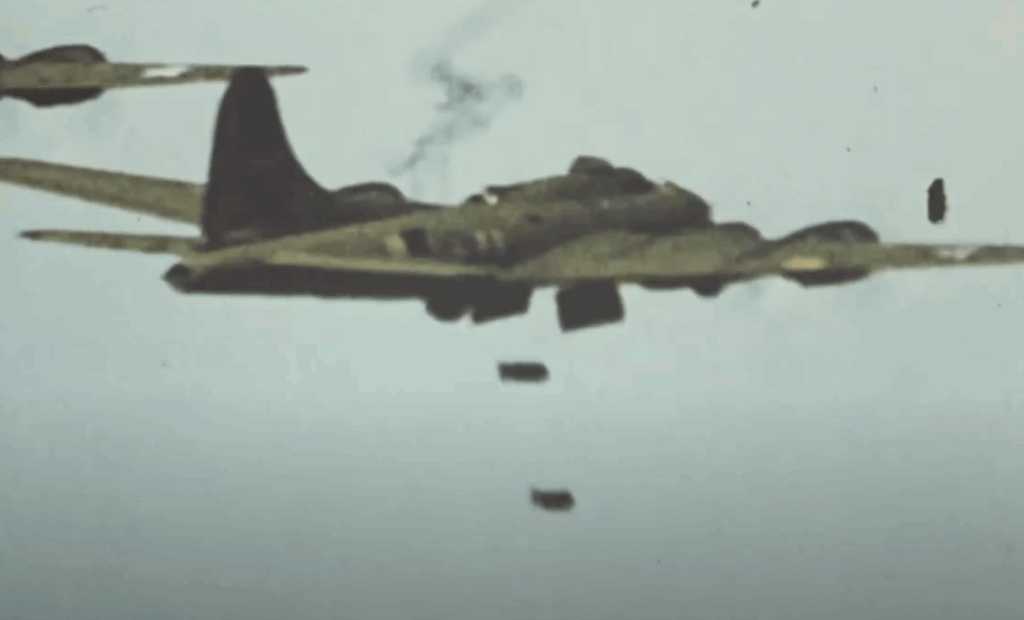
The Flying Fortress and the Combat Box
The B-17 Flying Fortress was designed for this plan. Armed with multiple .50 caliber machine guns, it was meant to defend itself while carrying heavy bomb loads. Squadrons flew in tight combat box formations so overlapping gunfire could protect them from attackers.
In theory, a well-kept formation could reach any target and return without escort. But there was one fatal weakness—fighter planes like the American P-47 and British Spitfire could not fly far enough to guard the bombers for the whole mission. Once they turned back for fuel, the B-17s were alone, flying in straight, predictable lines into the most defended airspace in the world.
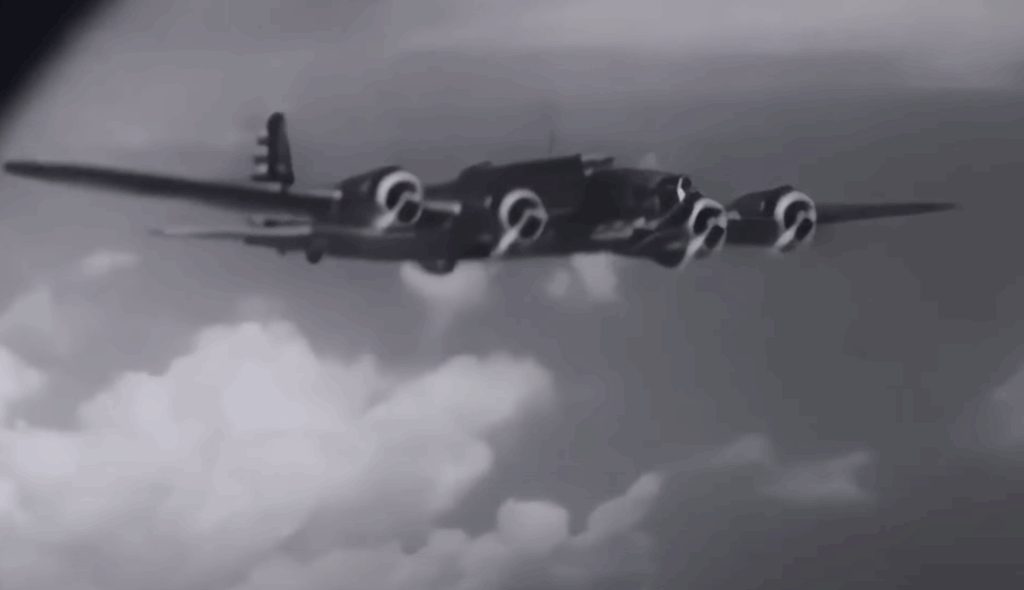
The Gauntlet of Death
Without escort, crews faced three major threats. First came the anti-aircraft guns, which filled the sky with timed explosives. Shrapnel tore through metal, fuel lines, and bodies. Those who survived then met skilled enemy pilots, many veterans with proven tactics. Head-on attacks at closing speeds over 500 mph left gunners with only seconds to respond before their aircraft was shredded.
Even without flak or fighters, the freezing conditions at high altitude could be deadly. Temperatures dropped to -50°F or colder. The B-17s were unheated, and frostbite, frozen oxygen masks, and jammed guns were common. Missions could last up to ten hours, with the roar of engines, constant vibration, and the ever-present fear of never returning.
Black Thursday and a Turning Point
The breaking point came on October 14, 1943—Black Thursday. Nearly 300 bombers went to strike Schweinfurt’s ball bearing factories. Without full escort, they were attacked relentlessly. Sixty bombers were destroyed, and hundreds of men were killed. Losses reached 26% in one day, forcing a halt to deep raids until better escorts were available.
That change came with the P-51 Mustang, fitted with the Rolls-Royce Merlin engine and extra fuel tanks. By early 1944, these long-range fighters could fly to Berlin and back, staying with bombers the whole way. Under General Jimmy Doolittle, they hunted enemy aircraft directly, destroying many on the ground as well.
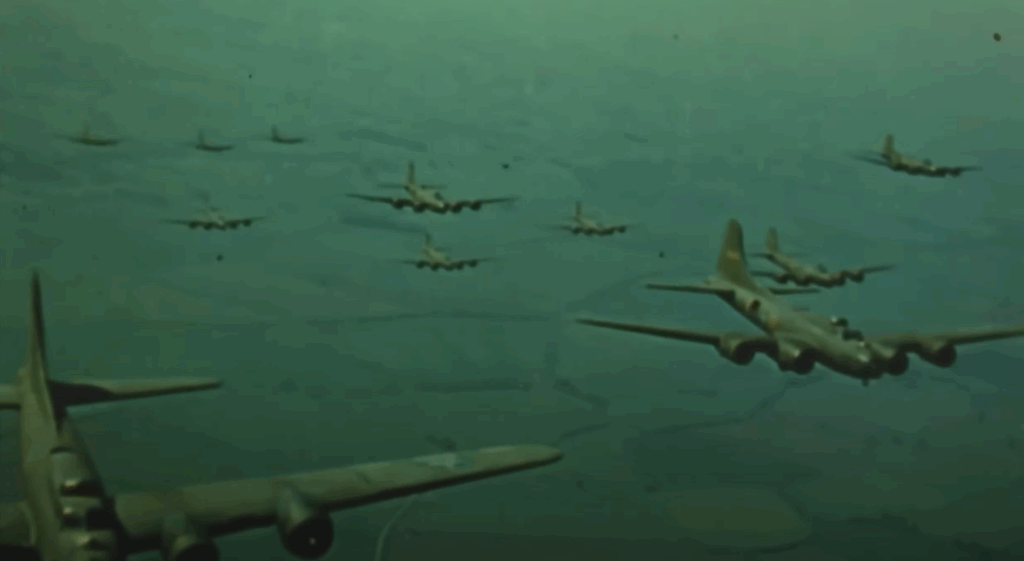
The Price Paid
By war’s end, the Eighth Air Force suffered over 47,000 casualties, with more than 26,000 killed—higher than all U.S. Marine combat deaths in the war. The loss rate for bomber crews in 1943 remains one of the most sobering statistics in military history. Their missions, while costly, weakened German industry and air defenses, paving the way for the invasion of Europe.













